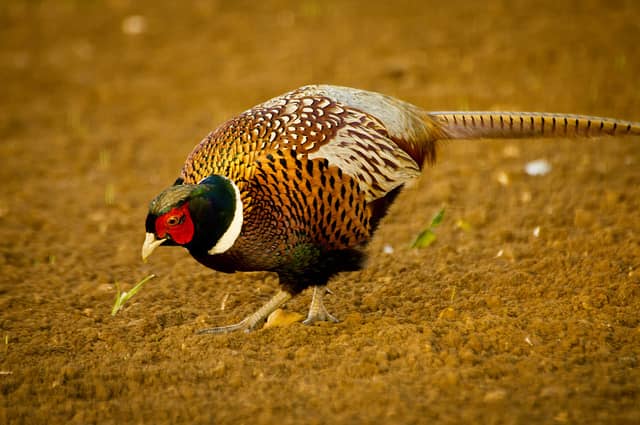Nonresident Pheasant Hunters Bring $185 Million to South Dakota in 2011
OutdoorHub Reporters 10.23.12

At the Sioux Falls Regional Airport in South Dakota, the number of arrivals the few days before pheasant hunting season rivals those of the Thanksgiving and Christmas seasons. On the final two days before the opening day of pheasant season (Saturday, October 20), there were 1,800 passengers that arrived every day. That’s at an airport that typically sees 1,100 arrivals per day.
In other words, every flight was full those days, according to Sioux Fall Airport Executive Director Dan Letellier. A spokesperson also said that Delta added another flight during that time.
This year, South Dakota is expecting lots of hunters to fly into its state to hunt pheasant, whitetail, turkey, and antelope, and to fish. Pheasant hunting and fishing are by far the two most popular sporting activities in the state. The South Dakota Game, Fish and Parks Wildlife Division (GFP) issued 200,000 nonresident hunting licenses total this fall. Of those licenses, 100,000 were issued for hunting pheasant while the other half were dispersed between fishing (second-most) and hunting for waterfowl, turkey, deer, and antelope.
“Pheasant hunting by far has the biggest impact on economy and the biggest impact on generating license sales that nonresidents pay,” said Chris Petersen, director of administration for the GFP.
The division tracks the annual economic impact of pheasant hunting. It takes into account not only the money used to fund the division and conservation, but also the money that goes into lodging, restaurants and food, ammunition, retail stores, and transportation. Numbers are recorded by the individual counties. When totaled, the final amount of money spent by nonresident pheasant hunters in all of South Dakota reached $185.4 million in 2011. That means out-of-state hunters spent about $1,947 apiece to hunt pheasants for the 10 days their license allows. Resident licenses are valid for an entire season, but the limits are the same–three birds per day and a possession limit of no more than 15 birds. When resident hunters are included in the equation, the total monies generated by pheasant hunting was $225.9 million in 2011.
Nonresident hunters spend more money in South Dakota to hunt, but there were also more nonresident hunters than residents. In 2011, there were 190,000 pheasant hunting licenses issued; 90,000 of which were resident hunting licenses.
Last year, two harsh winters caused the pheasant population to drop by 46 percent down to about five million pheasants statewide. Petersen related that population estimates said there were probably over 10 million pheasants about three years ago. The most recent winter in 2011/2012 was not as bad, and the GFP estimates that the population grew by between 18 and 20 percent, making it possible to sell so many licenses this year.
Editor’s note: This article originally included incorrect data for 2012 licenses. It has since been edited.

